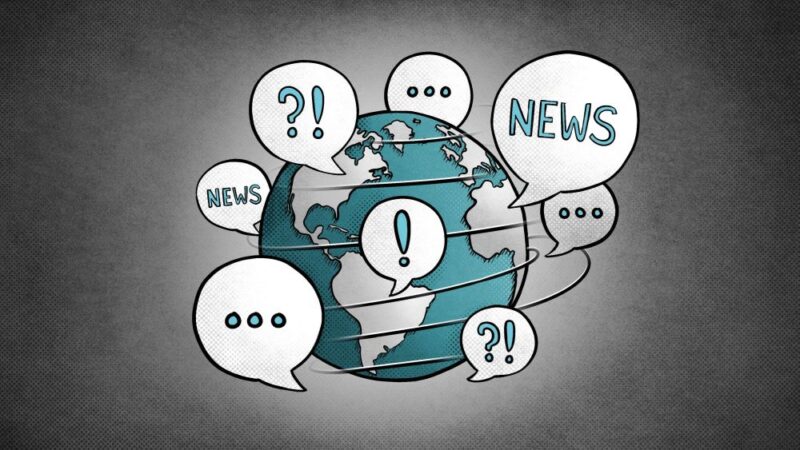In travel publishing, credibility is everything. Readers turn to trusted sites for honest tips, itineraries, and destination insights, not rehashed or AI-generated stories. Yet, as digital content creation becomes easier, publishers face a serious challenge: filtering out manipulated, plagiarized, or entirely fabricated submissions.
A false review or AI-enhanced “travel diary” doesn’t just damage reputation; it misleads audiences and disrupts the sense of trust built over years. That’s why modern editorial teams now act like investigators, using a mix of technology, human judgment, and ethical frameworks to confirm every photo, story, and recommendation that appears online.
The Challenge of Maintaining Authentic Travel Content

Travel writing used to be rooted in lived experiences, missed buses, conversations with locals, unexpected detours. Now, digital convenience has made imitation effortless. Photos can be generated, hotel reviews rewritten, and AI tools can craft text that sounds believable but lacks human depth.
Authentic travel publishers must, therefore, rebuild the barrier between truth and fabrication. They analyze tone, context, and references to ensure that submitted material feels lived-in and specific. Genuine travel pieces mention smells, street sounds, or cultural quirks that AI rarely gets right.
In short, preventing false submissions isn’t just about spotting lies, it’s about protecting emotional truth, the very quality that makes readers trust a travel story in the first place.
Multi-Layer Editorial Screening and Verification
To detect manipulation, editorial teams implement several structured checks before a piece goes live. Each layer focuses on both accuracy and authenticity:
- Fact consistency: Editors confirm landmarks, prices, or routes via official tourism sources.
- Image metadata: They examine GPS coordinates and time stamps in photo files.
- Voice analysis: Editors review the tone for exaggerated or “machine-flat” descriptions.
- Cross-reference: Information is compared with known travel databases or guidebooks.
This combination of human oversight and data analysis ensures that even subtle inconsistencies are caught early. The process might seem tedious, but it’s what keeps travel storytelling honest and makes a publication reliable over time.
How AI Tools Assist Without Replacing Human Judgment

Artificial intelligence has become both an ally and a watchdog in publishing. Many travel publishers rely on AI-assisted plagiarism detectors, originality scanners, and tone-analyzing software to catch suspicious submissions.
A grammar checker does more than fix commas. It helps editors identify when a text lacks a natural rhythm, uses overly formal phrasing, or repeats patterns typical of generated content. In other words, grammar tools have become part of the authenticity test, not just proofreading.
Still, AI tools serve as assistants, not decision-makers. The final judgment always comes from experienced editors who understand nuance, like when a non-native writer’s imperfect phrasing actually proves authenticity rather than error.
Contributor Ethics and Verification Policies

Ethical guidelines are now embedded in contributor contracts to deter false or manipulated travel stories. Publishers require contributors to disclose their creative process and confirm that all information and visuals are original.
Key standards include:
- Written confirmation of on-site experience.
- Transparent disclosure of AI or editing tools used.
- Original, high-resolution photos taken by the author.
- Agreement to random editorial audits.
These rules foster accountability and protect both the publication and the audience. Ethical integrity is no longer a soft ideal, it’s an enforceable part of doing business in modern travel media.
Did you know?
Several global travel outlets now request raw GPS data or booking confirmations from contributors before approving submissions that involve detailed hotel or restaurant reviews.
Identifying and Preventing Image Manipulation
Visual storytelling forms the backbone of travel writing, but images are also the easiest to fake. AI-generated scenery, digitally enhanced skies, or cloned crowds can distort reality and set false expectations for travelers.
To safeguard accuracy, publishers rely on layered image verification.
| Verification Method | What It Detects | Why It’s Crucial |
|---|---|---|
| Reverse image lookup | Stock or duplicate visuals | Prevents fake “original” travel shots |
| Pixel pattern scan | AI composites or over-editing | Ensures authenticity of scenery |
| Metadata check | Time and location data | Confirms the author actually visited the site |
These methods ensure that published visuals remain true representations of destinations—not manipulated scenes that mislead future travelers.
Transparent Correction and Update Policies
Even with strict checks, honest mistakes occur. Ethical travel publishers adopt transparent correction policies to maintain trust. When an inaccuracy is found, they issue updates noting what changed and why.
This approach transforms errors into trust-building opportunities. Readers appreciate honesty over silence. It also shows that behind every story stands a team of editors committed to improving accuracy, not hiding flaws.
Transparency, when practiced consistently, reinforces the publication’s authority and demonstrates a genuine commitment to truth, one that algorithms can’t replicate.
The Enduring Value of Human Editors

While technology accelerates verification, it’s human insight that adds depth to editorial integrity. Skilled editors can sense when a story “rings false.” They notice when descriptions don’t match a region’s culture, or when local customs are portrayed inaccurately.
Human editors also protect tone and empathy, two things no algorithm can replicate. They ensure that a guide to Kyoto respects local etiquette or that a review of a Balkan village captures the warmth of its residents.
Their role goes beyond catching mistakes; it’s about curating voice and preserving the human connection that keeps travel writing real and emotionally resonant.
Fostering a Culture of Accountability and Authenticity
Ultimately, authenticity depends on the culture behind the publication. Publishers who emphasize truth over speed nurture writers who take pride in honest storytelling. Internal workshops, ethical briefings, and regular audits help teams stay aligned with that goal.
Some even create mentorship programs for new writers, teaching them how to document their journeys responsibly and ethically. It’s an investment in credibility that pays off with long-term audience loyalty.
Readers can sense when a publication values integrity. The loyalty earned from honest storytelling often lasts longer than any viral post or SEO spike.
Why Credibility Matters More Than Ever
In the fast-moving digital travel world, false or AI-fabricated content spreads faster than genuine experience-based storytelling. Yet the most respected publishers know that lasting influence isn’t built on speed, it’s built on trust.
By combining transparent editorial systems, advanced detection tools, and ethical responsibility, travel publishers safeguard not only their reputations but also the reader’s journey itself.
When a reader books a flight or chooses a hotel based on your words, they are acting on trust. Protecting that trust is the ultimate measure of success in publishing, because truth, unlike clicks, never loses value.

